Table of Contents
Water damage on wood floors isn’t just an eyesore—it’s a health hazard. When moisture seeps into hardwood, it can trigger mold growth fast. If you’ve noticed warping, discoloration, or musty smells, you might already be dealing with water damage wood floor mold.
Whether it’s from a plumbing leak, flooding, or appliance overflow, mold can start forming in as little as 24-48 hours. That’s why fast action matters. Let’s explore what causes it, what to look for, and how to safely recover.
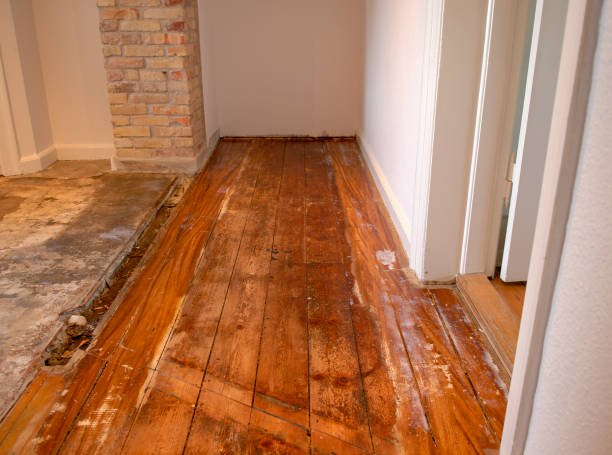
Signs of Water Damage and Wood Floor Mold
Spotting the early signs can save your floors—and your wallet. Look out for:
- Buckling or warping wood planks
- Discoloration, especially dark spots or black patches
- A persistent musty smell
- Soft or spongy spots underfoot
- Visible mold growth in joints or floor gaps
If you notice these signs, you’re likely dealing with wood floor mold, and it’s time to act.
1. Stop the Water Source Immediately
Before you can fix mold damage, stop what’s feeding it. Common water sources include:
- Burst pipes
- Roof leaks
- Overflowing appliances
- Flooding from storms or sewer backups
Turn off your main water supply if necessary, and call a plumber or local restoration experts right away. The longer the moisture lingers, the deeper the mold can spread.
2. Assess the Severity of the Water Damage
Not all wood floor damage is created equal. If water has only affected the surface and hasn’t penetrated deeply, you may be able to salvage your flooring. But if the boards are buckling or the subfloor is soaked, professional help is a must.
Mold loves porous materials. Wood is especially vulnerable, making wood floor mold a top concern for homeowners across the Gulf Coast.
3. Dry Out the Area—Fast
The drying process is critical. Here’s how to start:
- Use dehumidifiers and fans to increase airflow.
- Open windows and doors for ventilation (weather permitting).
- Remove wet rugs or furniture on top of the floors.
- Avoid walking on affected areas to prevent further damage.
A professional team like PuroClean of Santa Rosa Beach uses industrial-grade air movers and moisture meters to dry out your floors efficiently and completely.
4. Remove Mold from Wood Floors Safely
Mold remediation is not a DIY job. Improper handling can release mold spores into the air and make things worse. A certified mold remediation technician will:
- Isolate the contaminated area
- Wear proper PPE (Personal Protective Equipment)
- Use HEPA-filtered vacuums and antimicrobial agents
- Carefully remove or treat affected materials
Remember, wood floor mold can be dangerous if left untreated—especially for those with asthma, allergies, or compromised immune systems.
5. Inspect the Subfloor and Adjacent Areas
Mold doesn’t stop at the surface. If water seeped into your subfloor, insulation, or wall cavities, those areas could also be affected. Hidden mold can spread silently and cause structural damage.
This is why professional inspections are crucial. A team like PuroClean uses infrared cameras and moisture detection tools to pinpoint hidden threats before they become major problems.
6. Replace or Refinish Damaged Wood Flooring
Depending on the extent of damage, you may need to:
- Replace individual planks
- Sand and refinish the flooring
- Install new flooring and underlayment
Refinishing may work if mold hasn’t penetrated deeply. However, if spores have infiltrated the core or spread to nearby areas, it’s safer to remove and replace the affected materials entirely.
7. Prevent Future Mold Growth on Wood Floors
After recovery, prevention is key. Follow these tips to avoid water damage wood floor mold in the future:
- Keep humidity levels below 60%
- Use rugs in high-moisture areas
- Inspect pipes, appliances, and roofs regularly
- Install leak detectors in vulnerable areas
- Act fast when you spot water or condensation

FAQs About Mood on Wood Floor Caused by Water Damage
Q: How quickly can mold grow on wood floors after water damage?
A: Mold can start growing within 24 to 48 hours of exposure to moisture.
Q: Can I remove wood floor mold myself?
A: Small surface mold might be cleaned with proper safety, but hidden or large areas require professional help.
Q: Will insurance cover the damage?
A: It depends on the source of the water. Sudden events like burst pipes are usually covered, while long-term leaks may not be.
Q: Can moldy wood floors be saved?
A: If caught early and dried properly, some floors can be restored. Extensive damage usually requires replacement.
Q: Who should I call for help?
A: Contact a certified restoration company like PuroClean of Santa Rosa Beach for immediate mold remediation and water damage cleanup.
Call the Pros for Water Damage Wood Floor Mold in Santa Rosa Beach
At PuroClean of Santa Rosa Beach, we understand how stressful water damage and mold can be. That’s why we respond 24/7 to protect your home and restore peace of mind.
Our certified technicians specialize in water damage wood floor mold removal using safe, proven methods. We don’t just clean—we restore, repair, and protect your property.
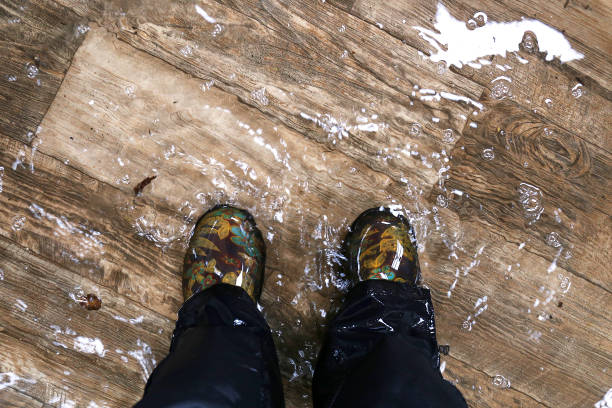
Why Choose PuroClean?
✅ Local experts in Santa Rosa Beach
✅ 24/7 emergency response
✅ IICRC-certified mold and water damage technicians
✅ Insurance-friendly documentation and support
✅ Advanced drying and mold remediation equipment
Don’t Let Mold Win—Call PuroClean Today
The longer you wait, the worse water damage wood floor mold becomes. Call PuroClean of Santa Rosa Beach at (850) 399-3380 now or visit our website to schedule an inspection.
We’re your neighbors—and we’re here to help.
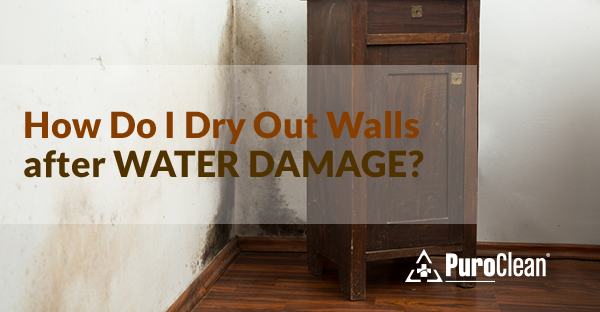
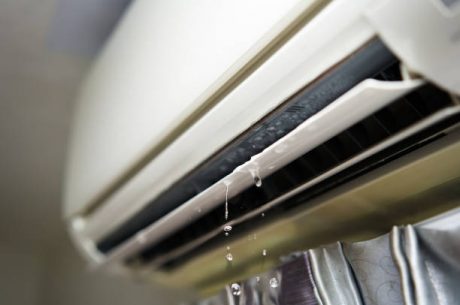
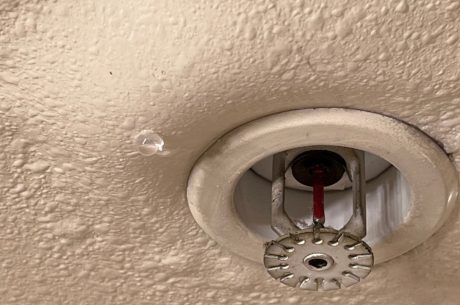
 PuroClean of Santa Rosa Beach
PuroClean of Santa Rosa Beach